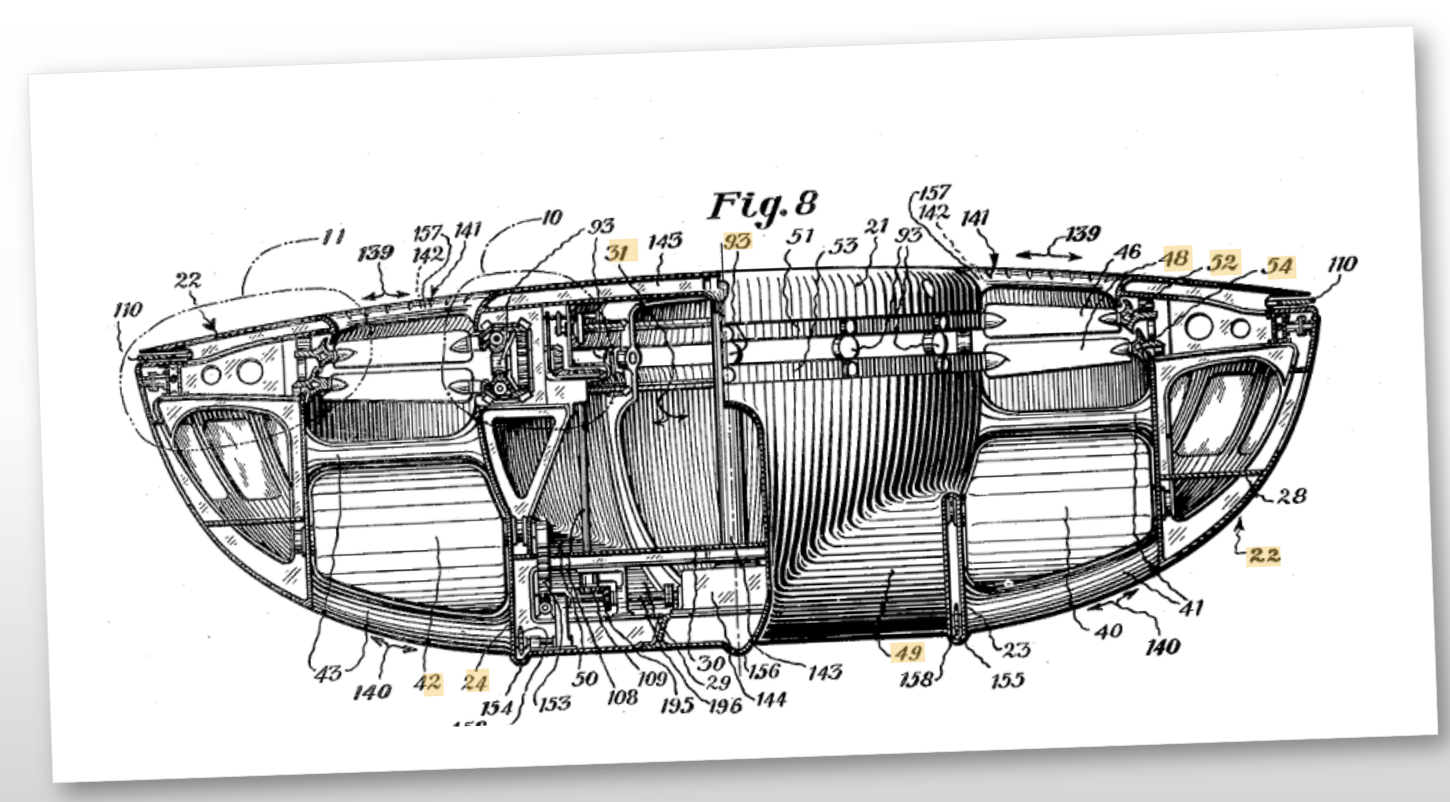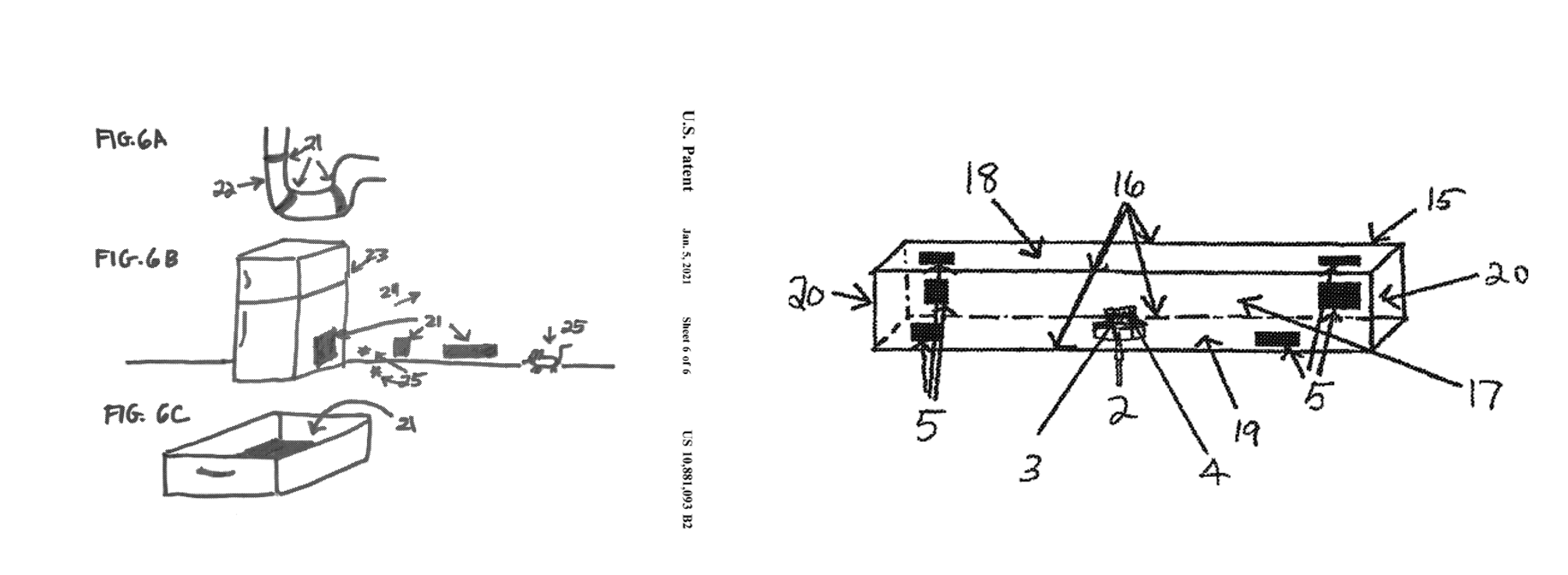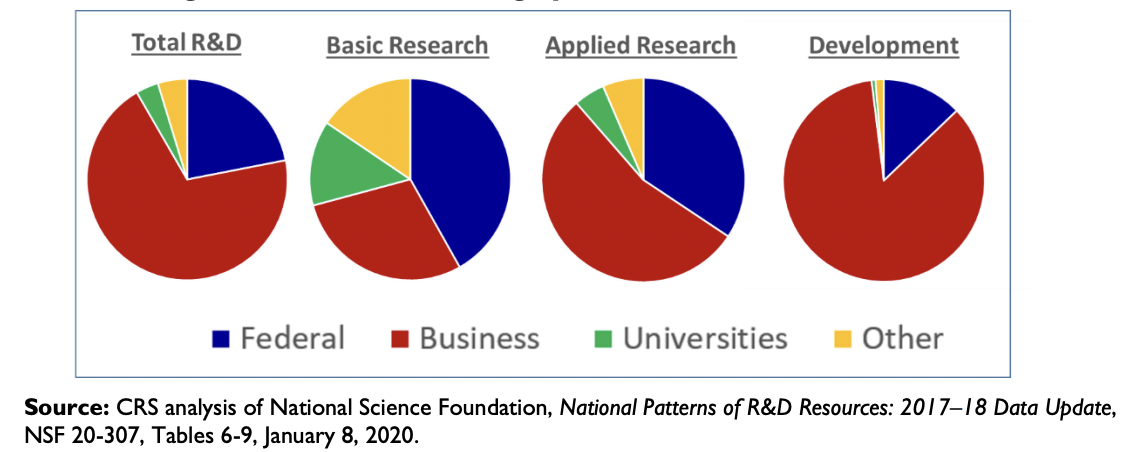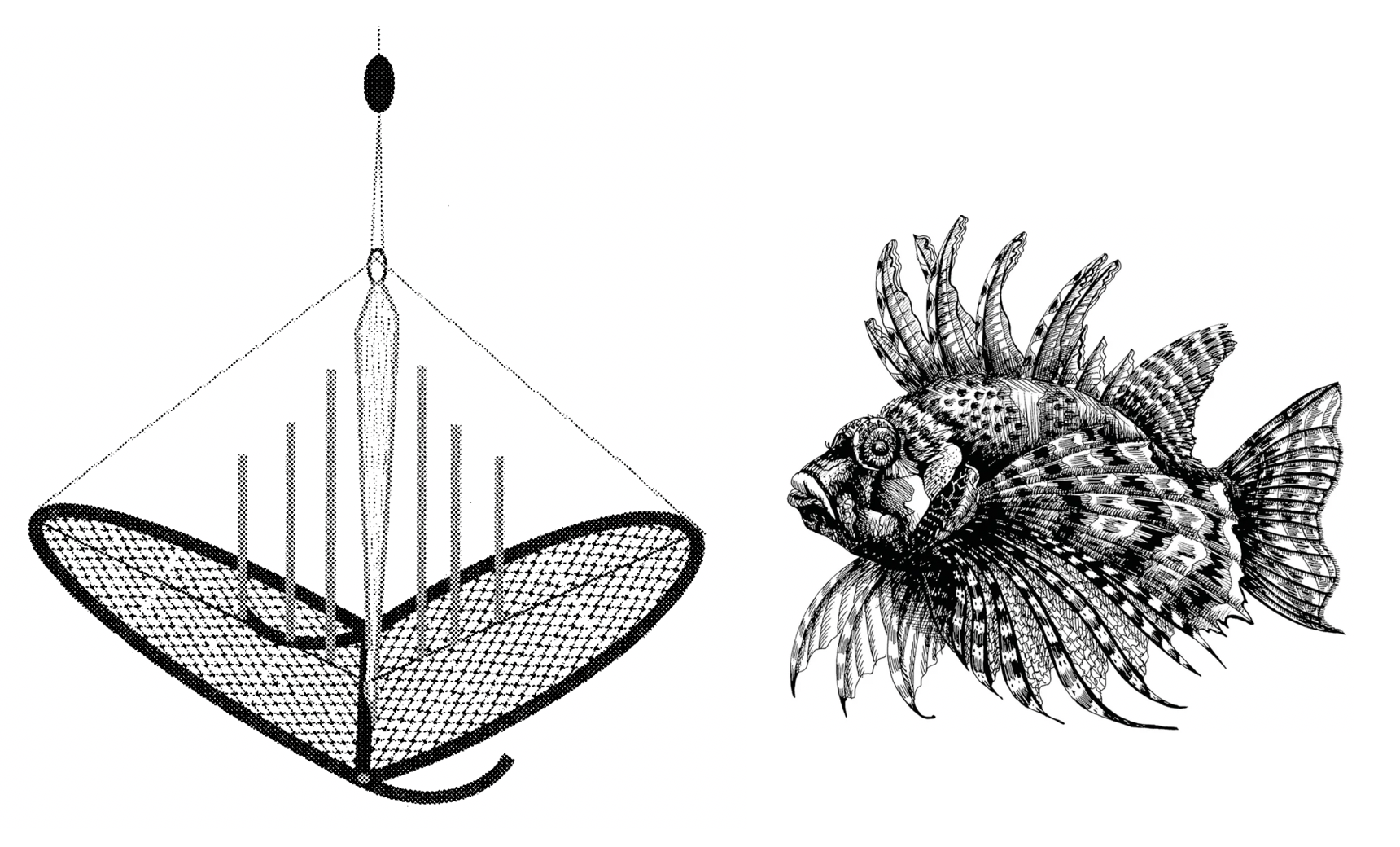The FedInvent™ Gazette
News, Analysis, Commentary, and Prognostications on the Federal Innovation Ecosphere
WHAT'S HAPPENING AT THE Y
Emerging Climate Change Technology
July 5, 2021 Y CPC Symbols
 The Y classification in a patent’s CPC data helps identify elements of the innovations that may be useful in addressing climate change.
The Y classification in a patent’s CPC data helps identify elements of the innovations that may be useful in addressing climate change.
USPTO adds Y Cooperative Patent Classification (CPC) symbols to the classification data of patents and patent applications to identify patents with new science and technology related to climate change. Inventions with elements beneficial for reducing greenhouse gas (GHG) emissions, improving energy efficiency in buildings or slowing infection rates of diseases spread by giant mosquitoes, and other clean tech inventions.
The Y CPC also identifies inventions that enable clean technology — information technology to manage the electric grid or manage distributed energy generation for microgrids and peer-to-peer renewable energy networks, technology for handling billing for EV chargers. You’ll find the Y classifications here.
Combating climate change is a major initiative for the Biden Administration and for Congress. United States Innovation and Competition Act of 2021 (S 1260) passed by the Senate and expected to be passed by the House and signed into law has identified climate change innovation as part of the top ten science and technology priorities to maintain US global innovation leadership. The climate change priorities address natural and anthropogenic disaster prevention or mitigation; and advanced energy, industrial efficiency technologies including batteries, and advanced nuclear technologies for electric generation.
Anthropogenic is science speak for pollution and pollutants that are caused by human activity — not malicious but man-made things like deforestation, plastic bottles, letting the lead pipes leech into the drinking water, fast fashion, and a host of other environmental gaffes.
UNIDENTIFIED AERIAL PHENOMENA
George Jetson Would Approve
Granted June 5, 1945 2377835

The federal government has lots of ways it communicates about innovations, both terresterial and extraterresterial. Here's the latest.
The Department of Defense and the Office of the Director of National Intelligence are about to deliver an unclassified report on unidentified flying objects (UFOs) now known as unidentified aerial phenomena (UAP). We are awaiting the release of what the government knows about UFOs rocketing around over American airspace. While we await the report and the prognostications by conspiracy theorists and space enthusiasts of all ilks, we wondered if someone was taking the Discopter prototype out for a test drive. The patent is expired so it's freely available to use.
Alexander Weygers, a polymath, artist, and inventor, invented a vertical takeoff and landing vehicle (VTOL) known as the flying saucer. According to Wikipedia, Mr. Weygers sent these detailed plans to all the branches of the U.S. Military. While the military was intrigued by the concept and the design of the craft but was not prepared to work on it at that time because the war effort superseded its development.
You can download the PDF version of the patent with all of its drawings here.
MAGNETIC PEST CONTROL
Granted January 5, 2021 10881093
The cicadas have arrived in the Commonwealth of Virginia. Dead ones were found on the driveway this morning. We’ve been thinking about pest control. There isn’t much you can do about the arrival of the cicadas but there are a host of other pests that warrant new and improved methods to control them.

…a method that is essentially designed to “feed the bad bugs metal so they stick to a magnet. Jacques Bertrand, a research scientist at the Jacksonville, Florida-based Navy Entomology Center of Excellence, devised the method, which has been several years in the making."
US Patent 10881093 — Ferromagnetic pest trap was invented by Jacques Bertrand a scientist at the US Navy. The work was done at the Navy Entomology Center of Excellence (NECE), the only Department of Defense (DoD) activity dedicated to worldwide operational entomology support to include development and evaluation of novel products and insecticide application technologies to better protect deployed forces from insects and other arthropods (vectors) that transmit human disease. (DOD doesn’t like bugs — terrestrial or electronic either.)
The invention protects methods of trapping a pest, enticing the pests to eat ferromagnetic particles, and then trapping the pest using one or more magnets… "wherein a trapped pest has ingested and internally accumulated an amount of the ferromagnetic particles sufficient to permit immobilization of the pest using said one or more magnets."
CUTE MOUSE — RUDIMENTARY DRAWINGS — SOPHISTICATED INVENTION
See the Invention In Action HereUpdated Federal R&D Spending
May 5, 2021 US R&D Spending Update

The Latest From Congressional Research Service
The Feds: Number 1 in Basic Research and Number 2 In Total, Applied Research, and Development
US business and the federal government together account for more than 90% of U.S. R&D funding since 1953. The United States became a global leader in R&D in the 20th century, funding as much as 69% of annual global R&D in the period following World War II. In current dollars, federal funding for R&D grew from $2.8 billion in 1953 to $127.2 billion in 2018, a compound annual growth rate (CAGR) of 6.1%. In the 21st century, we need to keep that leadership position.
US R&D Funding In 2018
$ in Billions
% Percent
| Sector | Total | Basic Research | Applied Research | Development |
|---|---|---|---|---|
| TOTAL | $580.0B | $96.5B | $115.0B | $368.5B |
| Business | $404.2 69.7% |
28.0 29.0% |
62.4 54.3% |
313.9 85.2% |
| Federal | $127.3 21.9% |
$40.4 41.8% |
$9.5 34.3% |
$47.4 12.9% |
| Higher Education | $21.1 3.6% |
$13.1 13.6% |
$5.7 4.9% |
$2.3 0.6% |
| Nonprofit Orgs | $22.7 3.9% |
$12.5 13.0 % |
$5.8 5.1% |
$4.3 1.2 % |
| Non-Federal Government (State and Local) |
$4.7 0.8% |
$2.5 2.6% |
$1.6 1.4% |
$0.6 0.2% |
GAO on NIH & Foreign Influence
Federally Funding Research Heading Overseas
April 22, 2021 GAO Report
As a rule, FedInvent doesn't support foreign entities or worse foreign research collaborators absconding US intellectual property. We don't like it when American researchers overshare and we especially don't like it when NSA lets the digital IP flow out of the US via the internet. (Yes, we know. There's not much they can do.)
GAO published its latest research on foreign interest in NIH university-funded research. There are a host of issues concerning financial and non-financial conflicts of interest on the part of researchers receiving federal funding.
FedInvent found some of the facts in the report particularly interesting.
"NIH sent a letter to over 10,000 universities highlighting concerns over foreign government talent recruitment programs, noting that these programs can influence researchers receiving federal funding to divert intellectual property and federally funded research to other countries."
We think this should read over 10,000 letters to universities. According to USNews and World report, the purveyors of info on every US college and university, there are 4,298 degree-granting postsecondary institutions in the U.S. Even if you add in Med Schools and research institutes it's hard to figure out if there are 10,000 universities. The list of universities that National Science Foundation (NSF) counts as receiving money is 949. We're guessing they sent a letter to every Principle Investigator on who has a grant with NIH.
Then there’s this…
"Our report reviewed the top five agencies which together accounted for almost 90 percent of all federal research and development expenditures at universities in the fiscal year 2018—the Department of Defense, the Department of Energy, the National Aeronautics and Space Administration, NIH, and the National Science Foundation (NSF)… We also selected 11 universities which received over $500 million in combined research grant funding in fiscal years 2018 and 2019 from two or more of the five selected agencies."
Five agencies make up 90% of all federal R&D. Eleven universities receive over $500 million in funding each.
SAVE THE OCEAN — EAT FISH
NOAA says lionfish is delectable.
Granted February 23, 2021 10925266

The lionfish, a native of the Western Pacific Ocean, is a venomous, voracious predator that's flourishing in the coastal waters of the U.S. Southeast and the Caribbean. This invasive species has the potential to harm reef ecosystems because it is a top predator that competes for food and space with overfished native stocks such as snapper and grouper. Scientists fear that lionfish will kill off helpful species such as algae-eating parrotfish, allowing seaweed to overtake the reefs. NOAA scientists researching the lionfish’s spread and impact are now encouraging a seafood market as one way to mitigate the species’ impacts on reef communities.
There is a need for increased capacity for the removal of lionfish and is a growing demand for lionfish in the seafood market. Existing traps do not capture lionfish in numbers large enough to offer potential in exerting control over deep water populations. This could be partly because lionfish, which prey on live fish and invertebrates, are not attracted to the baits commonly used in existing traps. Studies have shown that they are attracted to the structure of the trap itself. There is a need for trap designs that exclusively target and capture lionfish. There is a need for a lionfish entrapment device that provides an increased lionfish capture success rate while reducing bycatch (fish or other marine species caught unintentionally while catching the lionfish) and reducing other impacts on the environment.
Enter NOAA's Patent 10,925,266, Apparatus for harvesting lionfish. Enabling bigger harvests of lionfish to control the ocean environment and to feed people. NOAA advises that once stripped of its venomous spines, cleaned, and filleted like any other fish, the lionfish becomes delectable seafood fare.
See the Invention In Action Here